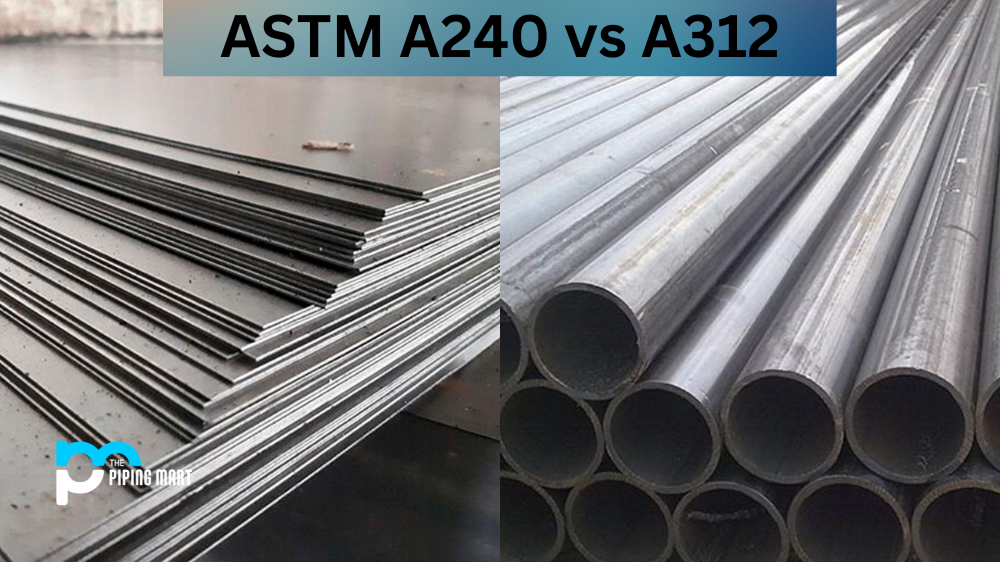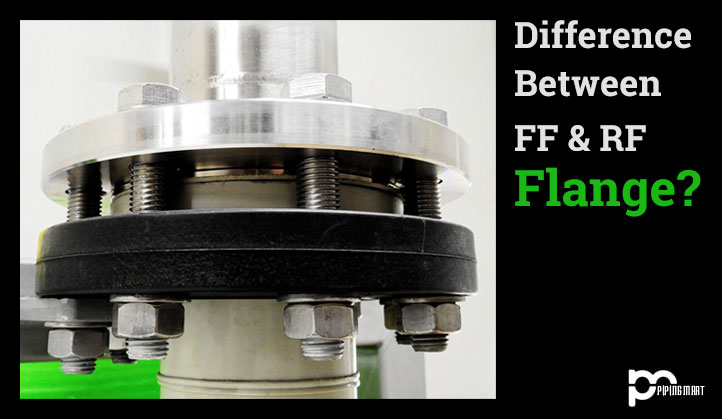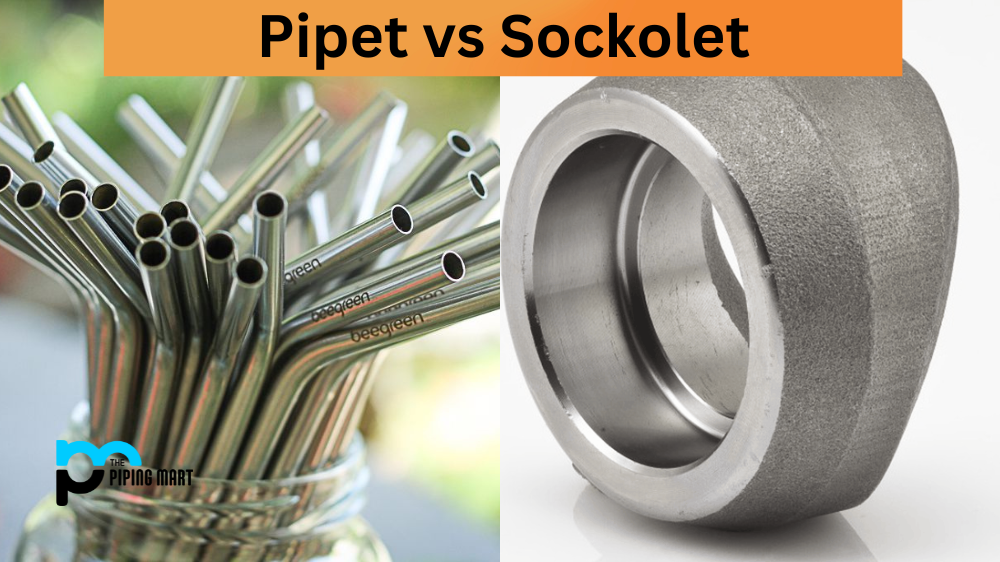Regarding metallurgy and material science, it’s important to understand the differences between various standards and specifications. This is particularly true regarding two ASTM standards: A240 and A312. Both standards have unique properties and requirements, and it’s important to understand how they differ before choosing one for your application. This blog post will delve into the key differences between ASTM A240 and A312 to help you make an informed decision.
Difference Between ASTM A240 and A312
Purpose and Usage
One of the main differences between ASTM A240 and A312 is their purpose and usage. ASTM A240 is a standard specification for chromium and chromium-nickel stainless steel plate, sheet, and strip for pressure vessels and general applications. On the other hand, ASTM A312 is a standard specification for seamless, welded, and heavily cold-worked austenitic stainless steel pipes used for high-temperature and general corrosive service. Essentially, A240 is more suitable for structural applications like ships, tanks, and bridges, while A312 is designed for high-temperature and high-pressure applications like chemical processing plants and power generation.
Chemical Composition
The chemical composition of stainless steel is an important parameter determining its properties and suitability for various applications. ASTM A240 has strict requirements for the chemical composition of stainless steel, which includes specific ranges for chromium, nickel, carbon, and other elements. ASTM A312 also has strict requirements for the chemical composition of stainless steel. Still, it has additional requirements for molybdenum, titanium, and other trace elements that are important for high-temperature applications.
Mechanical Properties
The mechanical properties of stainless steel are equally important as the chemical composition. ASTM A240 specifies requirements for yield strength, tensile strength, elongation, and hardness for stainless steel plates, sheets, and strips. ASTM A312 specifies requirements for yield strength, tensile strength, elongation, reduction of area, and hardness for stainless steel pipes. The mechanical properties specified for each standard are tailored to specific applications and should not be confused with each other.
Fabrication and Welding
ASTM A240 and A312 have specific requirements for the welding and fabricating of stainless steel. ASTM A240 specifies the standard procedures for fabricating and welding stainless steel plates, sheets, and strips. ASTM A312 specifies the procedures for welding stainless steel pipes to ensure their suitability for high-temperature and corrosive environments. It’s important to note that the physical characteristics of welding can impact the mechanical properties of stainless steel, and special care should be taken in the fabrication and welding of both A240 and A312.
Conclusion
In summary, ASTM A240 and A312 are important standards for stainless steel in different applications. A240 is designed for structural applications, while A312 is designed for high-temperature and high-pressure environments. The key differences between these standards lie in their purpose and usage, chemical composition, mechanical properties, and fabrication and welding requirements. Understanding these differences lets you decide which standard suits your application. Consulting with a qualified material engineer before making any decisions is important.

Pipingmart is a B2B portal that specializes in metal, industrial and piping items. Additionally, we share the latest information and information about materials, products and various types of grades to assist businesses that are involved in this business.




